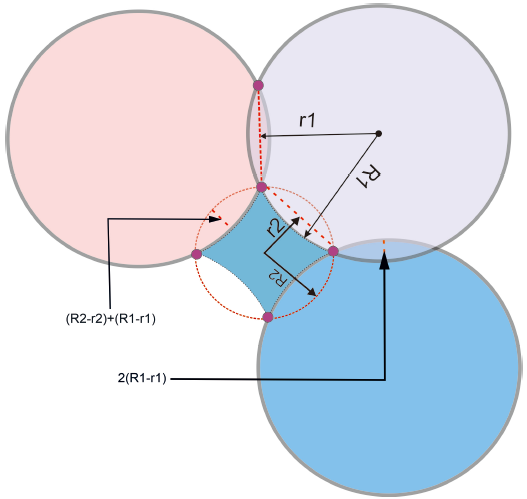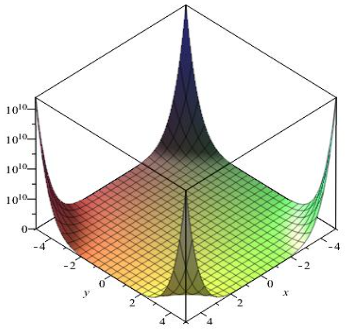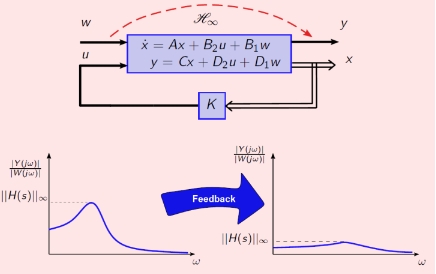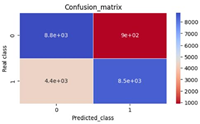Fundamental properties of the gyroscope oscillation
Abstract
Despite partial solutions by famous scientists during the early Industrial Revolution, gyroscope problems remained unsolvable until the beginning of the twentieth century, when several fundamental physical laws were finally formulated to describe them. Today, the principles of classical mechanics enable the formulation and description of the physical processes involved in the rotation of any object. Gyroscopic devices are objects that rotate and exhibit oscillation, which has been a challenging problem in engineering mechanics. The oscillation of a gyroscope is caused by the interaction between external and inertial torques. This is different from other examples of oscillation, such as pendulums and springs, which have been well documented. The main difference in the physics of gyroscopic oscillation is that the spinning rotors of the gyroscopic devices are supported on one side, with their axes perpendicular to the axis of oscillation. The oscillation of gyroscopic devices is interrelated with the potential and kinetic energy of their components. However, the physics of the oscillation of such objects has not been fully described in publications until recently. The theory of gyroscopic effects for rotating objects has now been published and provides a solution to this problem. According to this theory, gyroscopic inertial torques represent the potential energy of the external torque and the kinetic energy of the spinning rotor. This paper demonstrates the distribution of inertial torques about the axes of Cartesian coordinates, which enables the computation of gyroscope motion and oscillation.
References
[1]Bennett GG. An historical review of the development of the gyroscope. Australian Surveyor. 1970; 23(4): 244-252. doi: 10.1080/00050326.1970.10440242
[2]Iurato G. On the Historical Evolution of Gyroscopic Instrumentation: A Very Brief Account. HAL Open Science; 2015.
[3]Greenhill G. Report on Gyroscopic Theory. Palala Press; 2015.
[4]Deimel RF. Mechanics of the Gyroscope. Dover Publications Inc; 2003.
[5]Awrejcewicz J, Koruba Z. Theory of Gyroscopes. In: Classical Mechanics. Springer New York; 2012. doi: 10.1007/978-1-4614-3978-3
[6]Turner G. Gyroscopes, 1st ed. Brightfusion Ltd.; 2007.
[7]Klein F, Sommerfeld A. The Theory of the Top (Volume IV). Springer New York; 2014. doi: 10.1007/978-0-8176-4829-9
[8]Hibbeler RC. Engineering Mechanics—Statics & Dynamics, 12th ed. Pearson Prentice Hall; 2010.
[9]Germain P, Piau M, Caillerie D. Theoretical and Applied Mechanics. Elsevier; 2012.
[10]Gregory DR. Classical Mechanics. Cambridge University Press; 2006.
[11]Taylor JR. Classical Mechanics. In: University Science Books. University Science Books; 2005.
[12]Aardema MD. Analytical Dynamics. In: Theory and Application. Academic/Plenum Publishers; 2005.
[13]Passaro VMN, Cuccovillo A, Vaiani L, et al. Gyroscope Technology and Applications: A Review in the Industrial Perspective. Sensors. 2017; 17(10): 2284. doi: 10.3390/s17102284
[14]Armenise MN, Ciminelli C, Dell’Olio F, et al. Advances in Gyroscope Technologies. Springer Berlin Heidelberg; 2011. doi: 10.1007/978-3-642-15494-2
[15]Scarborough JB. The Gyroscope Theory and Applications. Nabu Press; 2011.
[16]Wie B. Space Vehicle Dynamics and Control. American Institute of Aeronautics and Astronautics; 2005.
[17]Sands T. Nonlinear-Adaptive Mathematical System Identification Algorithms. Computation. 2017; 5(4): 47. doi: 10.3390/computation5040047
[18]Damrongsak B, Kraft M, Rajgopal S, et al. Design and fabrication of a micromachined electrostatically suspended gyroscope. Proceedings of the Institution of Mechanical Engineers, Part C: Journal of Mechanical Engineering Science. 2008; 222(1): 53-63. doi: 10.1243/09544062jmes665
[19]Jewett J, Serway RA. Physics for Scientists and Engineers, 10th ed. Cengage Learning; 2018.
[20]Knight RD. Physics for Scientists and Engineers: A Strategic Approach with Modern Physics, 4th ed. Pearson; 2016.
[21]Usubamatov R. Theory of Gyroscopic Effects for Rotating Objects. Springer International Publishing; 2022. doi: 10.1007/978-3-030-99213-2
Copyright (c) 2024 Ryspek Usubamatov

This work is licensed under a Creative Commons Attribution 4.0 International License.











